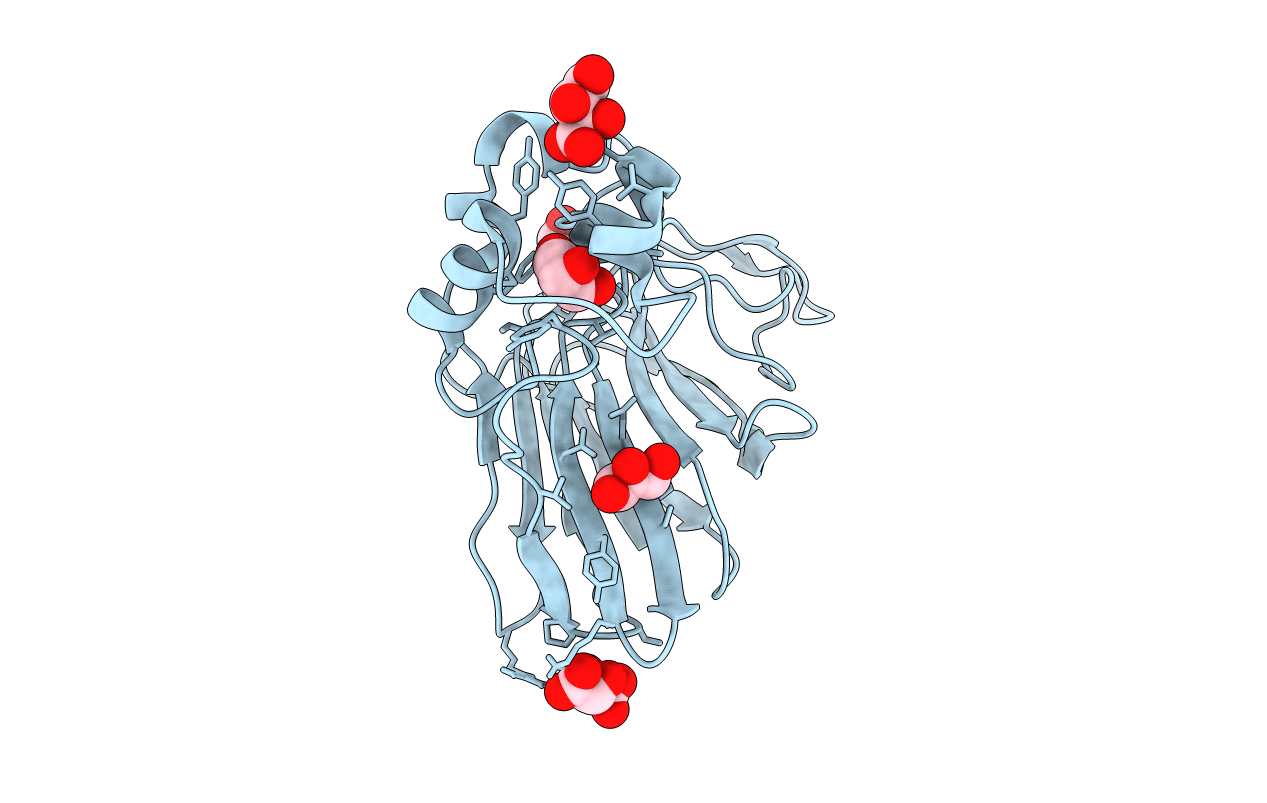
Deposition Date
2017-03-08
Release Date
2018-03-14
Last Version Date
2024-11-06
Entry Detail
Biological Source:
Source Organism:
Thaumatococcus daniellii (Taxon ID: 4621)
Host Organism:
Method Details:
Experimental Method:
Resolution:
0.90 Å
R-Value Free:
0.12
R-Value Work:
0.11
Space Group:
P 41 21 2


